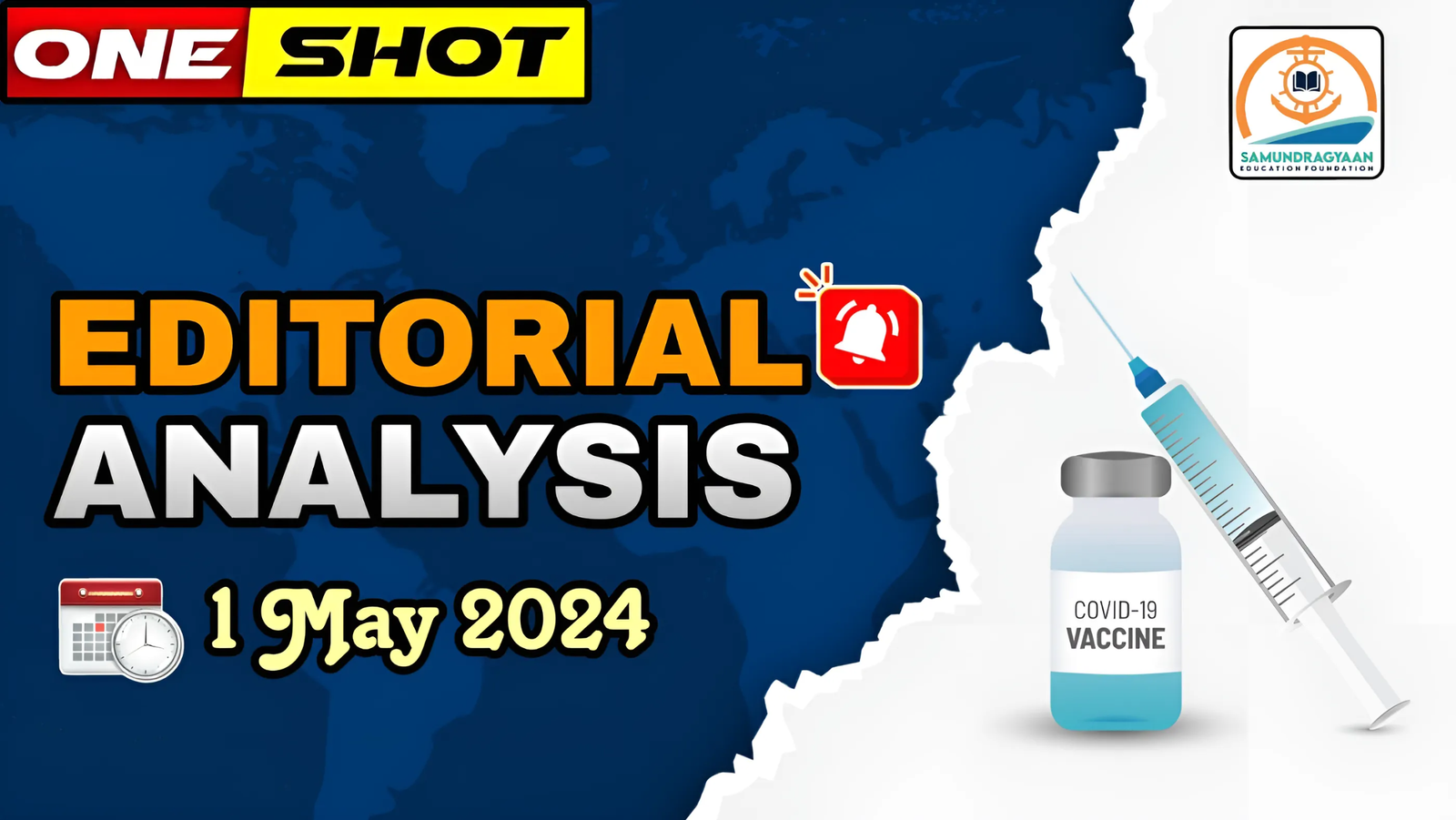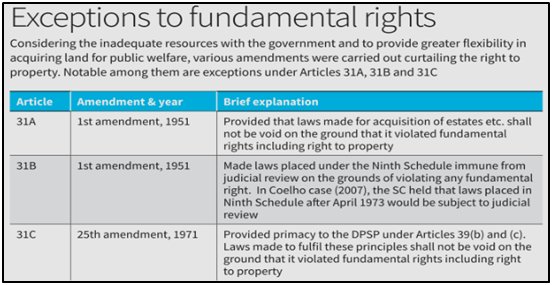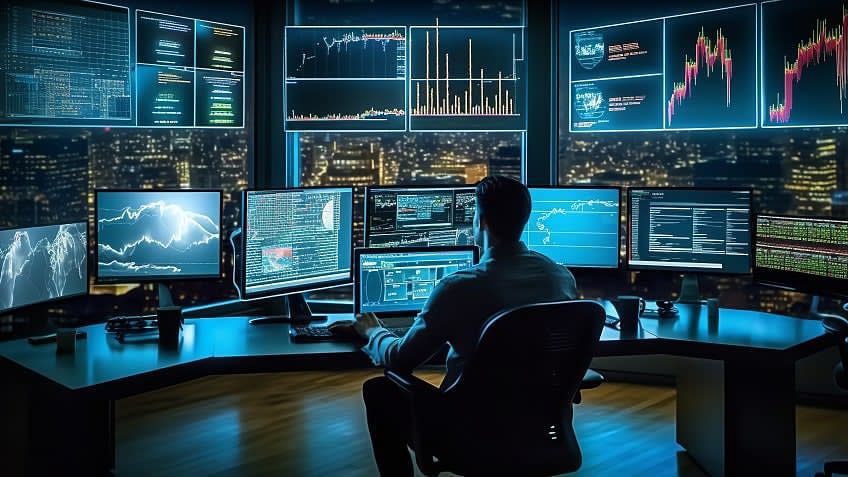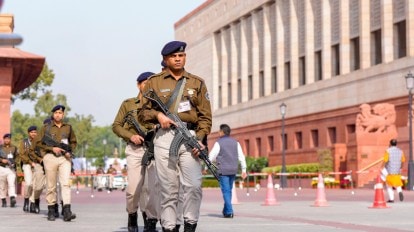| Topic: GS2 – International Relations
This topic is relevant for both Prelims and Mains as the analysis of China’s technological ambitions, the US response, and global technological coalitions sheds light on contemporary international relations dynamics. |
| Context: |
|
China’s Pursuit of Technological Dominance:
- China’s recent campaign to master new productive forces, as championed by President Xi Jinping, signifies Beijing’s ambition to overtake Washington in advanced science and technology.
- This campaign, rooted in classical communist theory, aims to transition China from labor-intensive to technology-intensive production.
- Under Xi’s leadership, China has made significant strides in various sectors but still lags behind the US in areas like semiconductor production and generative AI.
US Response and Global Technological Coalitions:
- The Biden administration has enacted a robust industrial policy to renew American leadership in advanced technologies, including bipartisan legislation and efforts to limit support for Chinese technological development.
- The US is also fostering global technology coalitions, such as the Quadrilateral forum and the Chip-4 alliance, to counter China’s technological rise.
- These initiatives highlight the intensifying global competition for technological dominance.
Europe’s Quest for Technological Sovereignty:
- French President Emmanuel Macron has emphasized Europe’s urgent need to reclaim technological power and close the gap with the US and China.
- Macron advocates for substantial investments in AI, quantum computing, space, biotechnology, and new energy technologies.
- His call for strengthening Europe’s industrial and technological sovereignty underscores the continent’s aspirations in the global technological landscape.
India’s Historical and Current Approach to Science and Technology:
- India has long prioritized science and technology in its developmental strategy, with initiatives under Prime Minister Narendra Modi focusing on digital technologies, renewable energy, semiconductor production, and AI capabilities.
- Technology also plays a significant role in India’s foreign policy, particularly in strategic partnerships with the US and Europe.
- The BJP’s election manifesto underscores India’s ambitions to become a leading space power and promote innovation through robust R&D infrastructure and investment in quantum computing.
Challenges and Recommendations for India:
- To compete in the global race for mastery over new productive forces, India must undertake sweeping reforms in its technology departments, increase national expenditure on R&D, and foster greater private sector participation in technology development.
- Addressing entrenched S&T monopolies and modernizing the technological foundation of the economy are imperative for India to achieve its goal of becoming a significant player in the global technological landscape.
Conclusion:
- As the world witnesses a race for technological dominance, India stands at a critical juncture where strategic decisions regarding technology policy will shape its future trajectory.
- The next government in Delhi must prioritize modernization, innovation, and global collaboration to position India as a leading force in the era of new and high-quality forces of production.
| What is India’s approach to Science & Technology policy? |
India’s approach to Science & Technology (S&T) policy is multifaceted, aiming to foster innovation, research, and development across various sectors. It emphasizes indigenous technology development, collaboration with international partners, and leveraging S&T for socio-economic development.
|













)